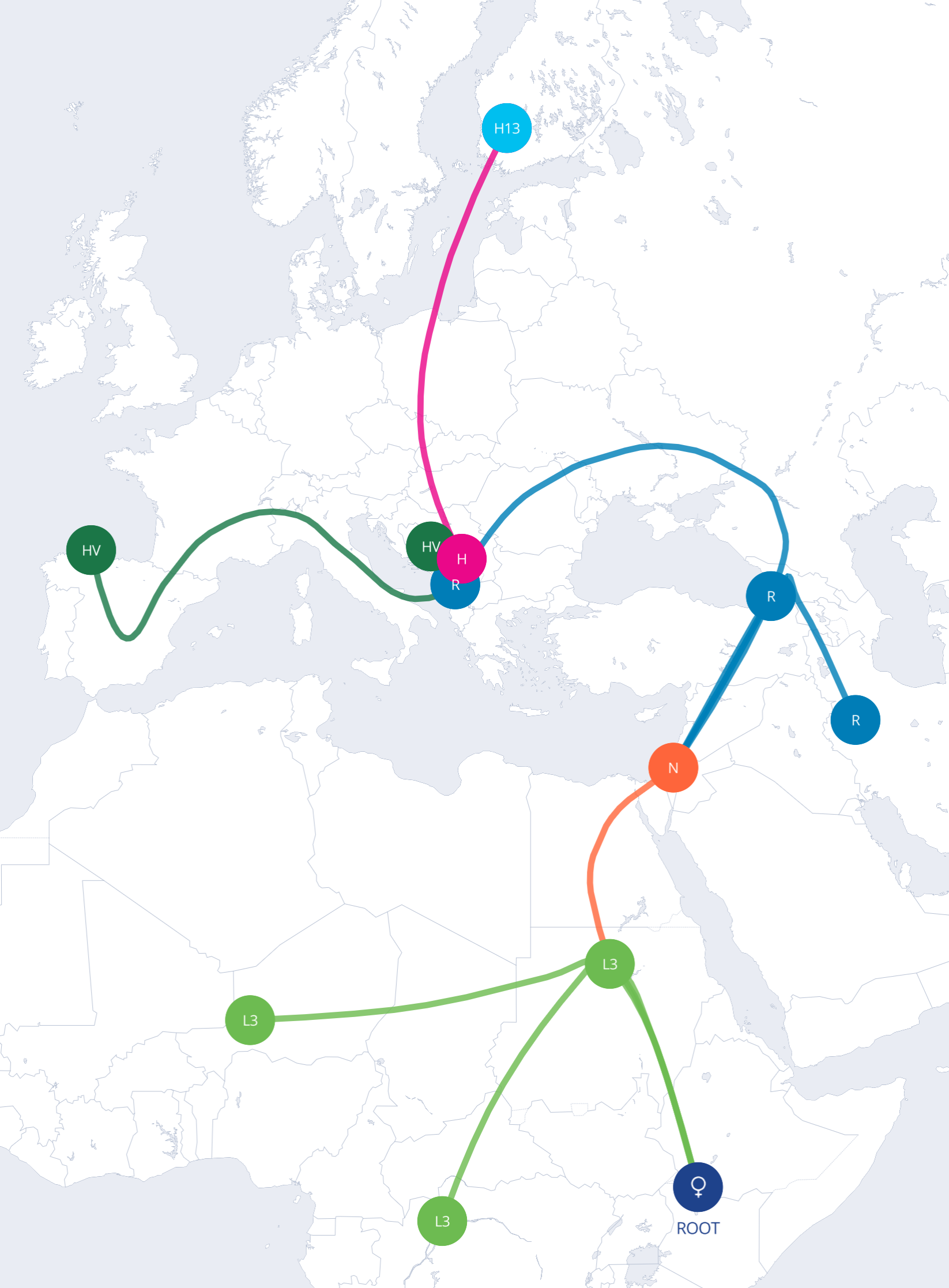

In This Article
In This Article
Every cell in your body hides a two-meter-long instruction manual. Understanding how scientists measure that length and how your cells fold it with origami-like precision shows just how remarkable your genome is.
Know Your DNA Reviews

Don't miss out on the opportunity to learn more about yourself. Read our best DNA test page to find the best one for you.
Your genome’s total length starts with a head count of its parts.
Imagine a zipper made of two long strings of beads. Each bead clicks to a partner across the gap; that click is a base pair — the basic unit scientists use to measure DNA.
Most of your cells are diploid, meaning two full sets of 23 chromosomes. That comes to about 6 billion base pairs.
| Measurement | Number | Plain-language view |
| Distance between pairs | 0.34 nanometers | 100,000× thinner than a sheet of paper |
| Length of one genome copy (3 billion bp) | ~1 meter | Height of a baseball bat |
| Length per cell (diploid) | ~2 meters | As tall as you are |
The nucleus is only about 6 micrometers wide, so DNA relies on several layers of compaction.
After folding, each chromosome occupies its own territory — much like books shelved in specific library sections. Territories keep gene traffic organized: active, gene-rich chromosomes tend to sit near the center where transcription machinery is busy, while quieter chromosomes hug the nuclear wall. Position can influence whether a gene is read or stays silent, adding another layer of genetic regulation.
Quick ways territories shape gene activity
Not at all. Some ferns pack over 100 billion base pairs — yet they don’t out-think or out-move you. Evolution cares about useful information, not sheer length.
A single cell’s two meters seem huge until you multiply by your body’s roughly 30 trillion cells. Laid end to end, your total DNA would stretch tens of billions of kilometers — far beyond Pluto’s orbit.
Knowing how efficiently your DNA is folded explains why small errors in packaging proteins can lead to health problems. It also shows why looking only at the code isn’t enough — you must consider where and when that code is used. If you ever explore genetic testing, start with our DNA testing 101 guide and remember that regulation, not raw length, drives most traits. Refresh how different gene versions work in our plain-language explainer on alleles.
Curious about the chromosomes themselves? Our overview of chromosome analysis walks you through tools that detect large-scale packaging errors. And when results feel overwhelming, a trained genetic counselor can put them in context.
Know Your DNA Reviews

Looking for a DNA test that's accurate and can tell you about your health and heritage?

